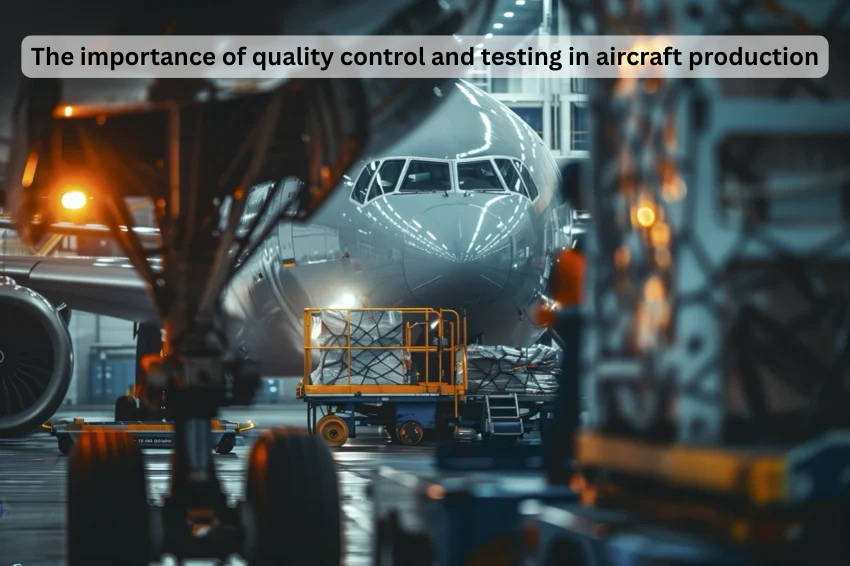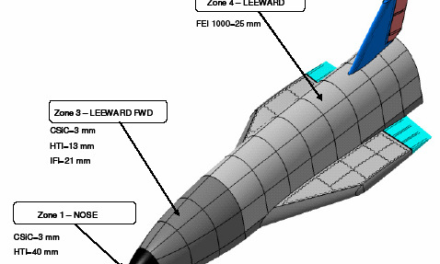Quality control and testing are critical aspects of aircraft production, ensuring safety, reliability, and compliance with regulatory standards. Given the complexity of modern aircraft and the stringent performance requirements, these processes are essential to protect passengers, meet industry regulations, and uphold manufacturer reputations. Here’s why quality control and testing are indispensable in aircraft production:
1. Ensuring Passenger and Crew Safety
- Life-Saving Reliability:
- Aircraft operate under extreme conditions, including high altitudes, fluctuating temperatures, and heavy loads. Quality control ensures all components can withstand these stresses without failure.
- Example: Structural integrity tests on wings and fuselages ensure they can endure turbulence and emergency scenarios.
- Error-Free Operation:
- Testing detects manufacturing defects or design flaws that could compromise safety during operation.
2. Regulatory Compliance
- Meeting Certification Standards:
- Regulatory agencies like the FAA (Federal Aviation Administration) and EASA (European Union Aviation Safety Agency) mandate rigorous testing and quality assurance throughout the manufacturing process.
- Example: Aircraft must comply with FAA’s 14 CFR Part 25 for large aircraft airworthiness and EASA’s equivalent standards.
- Airworthiness Certification:
- Comprehensive testing is a prerequisite for obtaining type certification, production certification, and operational approval.
3. Preventing Costly Failures
- Avoiding Recalls:
- Identifying defects during production prevents costly recalls or repairs after the aircraft is in service.
- Example: Addressing a minor flaw during assembly is far less expensive than grounding an entire fleet for repairs.
- Reducing Warranty Claims:
- High-quality production minimizes warranty issues and builds customer trust.
4. Enhancing Aircraft Performance
- Optimized Efficiency:
- Testing ensures components meet performance standards, such as aerodynamic efficiency, fuel consumption, and engine reliability.
- Example: Wind tunnel tests validate aerodynamic designs for reduced drag and improved fuel efficiency.
- Systems Integration:
- Quality control ensures seamless integration of avionics, engines, hydraulics, and other systems for optimal performance.
5. Strengthening Brand Reputation
- Trust and Credibility:
- A strong focus on quality control enhances a manufacturer’s reputation for safety and reliability, which is crucial in the aerospace industry.
- Example: Companies like Boeing and Airbus prioritize quality to maintain their standing as industry leaders.
- Customer Loyalty:
- Airlines and governments value high-quality aircraft that deliver consistent performance, ensuring repeat business.
6. Reducing Environmental Impact
- Minimized Waste:
- Rigorous quality control reduces material waste by ensuring that components are produced correctly the first time.
- Sustainability Goals:
- Testing for fuel efficiency and emissions compliance supports industry-wide efforts to reduce environmental impact.
7. Supporting Maintenance and Longevity
- Durability Assurance:
- Quality control verifies that materials and components can endure operational stresses over long periods.
- Example: Fatigue testing ensures parts like landing gear and fuselage panels meet lifecycle requirements.
- Predictive Maintenance:
- Testing helps establish maintenance schedules and intervals to prevent unplanned downtime.
8. Compliance with Global Standards
- International Acceptance:
- Quality-tested aircraft are more likely to gain approval for global operations, broadening market access.
- Example: Harmonization between FAA and EASA standards ensures that quality-tested aircraft can operate in both regions.
9. Advanced Testing Techniques in Aircraft Production
- Non-Destructive Testing (NDT):
- Methods like ultrasonic testing, X-ray imaging, and magnetic particle inspection detect internal defects without damaging components.
- Example: NDT is commonly used for inspecting composite materials in fuselage and wings.
- Stress Testing:
- Simulates extreme conditions (e.g., high pressure, temperature changes) to ensure structural components meet durability standards.
- Example: Pressurization tests evaluate the integrity of the fuselage under cabin pressure conditions.
- Flight Testing:
- Full-scale tests validate the aircraft’s performance, stability, and safety under actual flight conditions.
- Example: Pilots conduct stall tests, emergency scenarios, and performance assessments during certification flights.
- Automated Quality Control:
- Robots and AI systems perform precise measurements and inspections to ensure consistent quality across all units.
10. Mitigating Risks in Complex Supply Chains
- Supplier Quality Assurance:
- With components sourced globally, quality control ensures that parts from Tier 1 and Tier 2 suppliers meet the manufacturer’s specifications.
- Example: Engine components supplied by Rolls-Royce or GE Aviation undergo rigorous checks before integration.
- Traceability:
- Quality systems track every part and material used in production, allowing for quick action in case of a defect.
Key Focus Areas in Aircraft Quality Control
- Structural Integrity:
- Testing fuselage, wings, and landing gear for stress and fatigue resistance.
- Avionics and Electronics:
- Ensuring reliability of navigation, communication, and flight control systems.
- Engines and Propulsion:
- Verifying thrust, fuel efficiency, and thermal resistance under operating conditions.
- Cabin Safety:
- Testing emergency systems like oxygen masks, evacuation slides, and fire-resistant materials.
Challenges in Aircraft Quality Control
- Complexity:
- Ensuring quality across thousands of components and subsystems is a daunting task.
- High Costs:
- Comprehensive testing and compliance efforts add to production costs.
- Evolving Standards:
- Manufacturers must stay updated with changing regulations and technologies, requiring continuous investment in training and equipment.
- Global Supply Chains:
- Maintaining consistent quality across international suppliers is challenging but necessary.
Conclusion
Quality control and testing are the backbone of aircraft manufacturing, ensuring that every component and system meets stringent safety, performance, and regulatory standards. These processes protect lives, minimize costs, and enhance operational efficiency. As aircraft designs and materials become more advanced, the importance of robust quality control systems will only increase, driving innovation and maintaining public trust in air travel.
Hashtags
#QualityControl #AerospaceQuality #AircraftQualityAssurance #ManufacturingExcellence #PrecisionEngineering #TestingAndValidation #FlightTesting #AerospaceSafety #SafetyFirstAviation #CertifiedAircraft #NonDestructiveTesting #QualityInspection #DigitalTesting #PerformanceTesting #ContinuousImprovement













